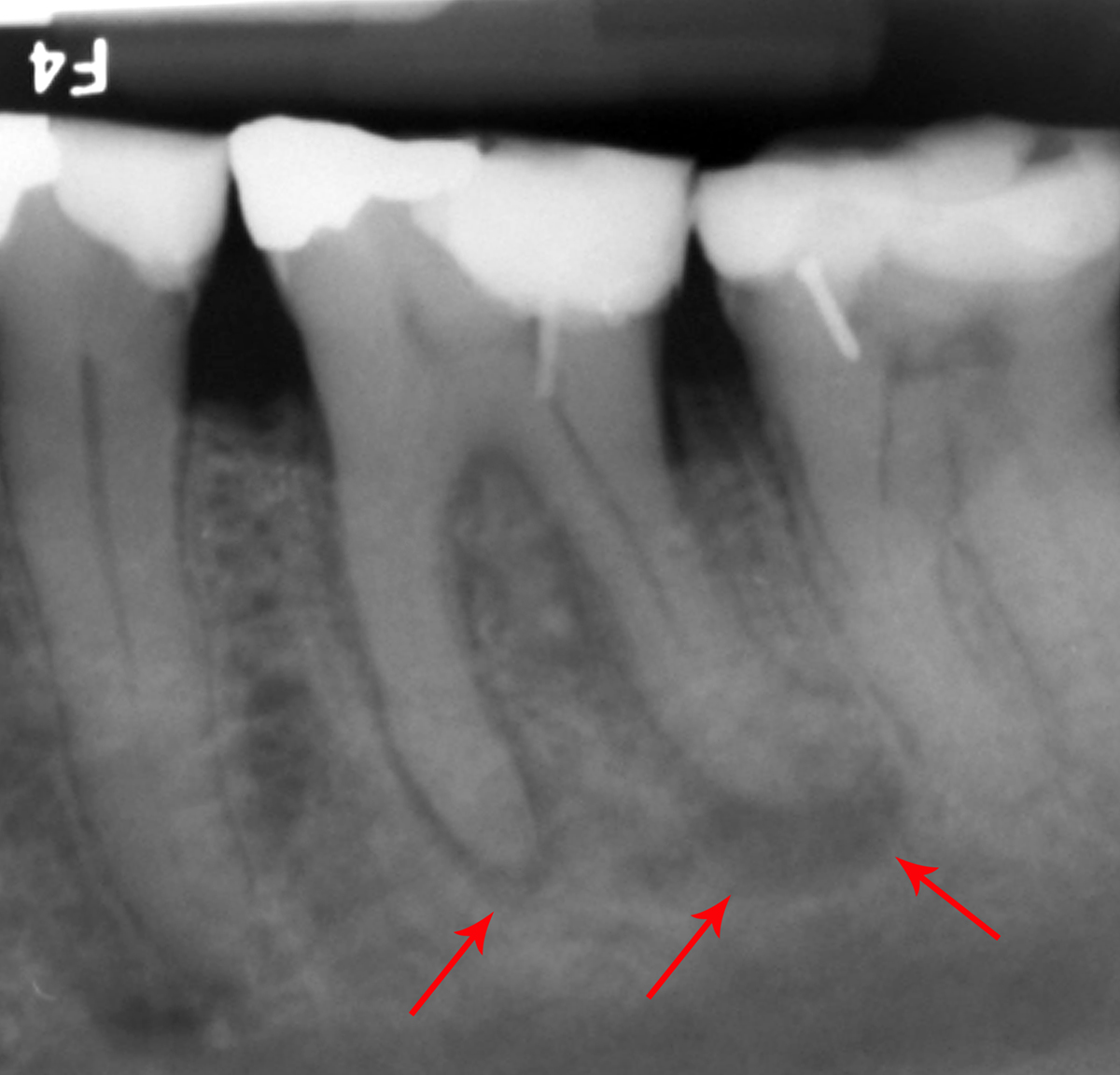
Introduction to gum abscesses
What an abscess is, generally speaking, is a pocket of infected liquid that is usually filled with pus, collected in a small area of the body. When speaking of the mouth specifically, abscesses are found in the space that separates the teeth and the gums or at the end of the tooth’s root.
If such an abscess goes untreated, then the infection can potentially spread into other parts of the bones and tissues that surround it, and in the worst cases, they can even spread to other parts of the body, including the heart and lungs in a worst case scenario.
When a person develops an abscess, it usually leads to a reddening or swelling of the general area and it is often incredibly painful as well.
There are several different types of gum abscesses that can occur. One will occur only in the gums, and this is called a gingival abscess.
When they develop in the periodontal membranes or gums, then, it is a periodontal abscess.
When it is located in the crowns of the teeth, then it is a peri-coronal abscess.
They will usually appear in the wisdom teeth of adults, while in children abscesses most commonly occur in the dental pulp.
Causes
One of the prime causes of gum abscesses is tooth decay which comes from poor dental hygiene generally. Sometimes the abscess can also be caused by injuries to the nerves and blood vessels in the mouth, which will become infected and eventually die.
Pus is actually what occurs when dead tissue decomposes.
Another common cause is periodontal disease, which can make the gums pull away from the teeth and leave a gap in between. After this occurs, infections and gum disease can enter these pockets that were created and the bacteria eventually settles there as food gets stuck in the pockets.
If a person has a faulty restoration of a tooth, abscesses can develop as well. Bacteria will enter the dental fillings and break them down slowly.
When a person has a cracked tooth, this allows access through the enamel to bacteria, which will later go into the pulp and lead to an abscess.
Treatment
Most of these infections have to be treated by way of a root canal, which will help to remove the infection completely from the gum and tooth area.
Sometimes surgery for tooth extraction will also be needed, especially if the abscess does not go away after the root canal procedure.
There are some home treatments as well, the most important being to maintain good dental hygiene at all times. This means that a person must brush their teeth at least twice a day, though it is better to brush after every meal, and to used mouth wash and floss regularly as well.




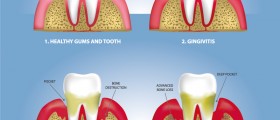
,-Don't-Ignore-Receding-Gums_f_280x120.jpg)



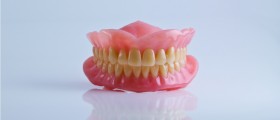


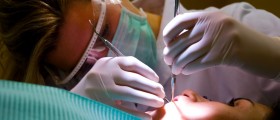



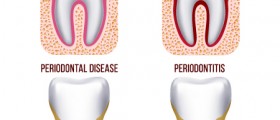
Your thoughts on this
Loading...